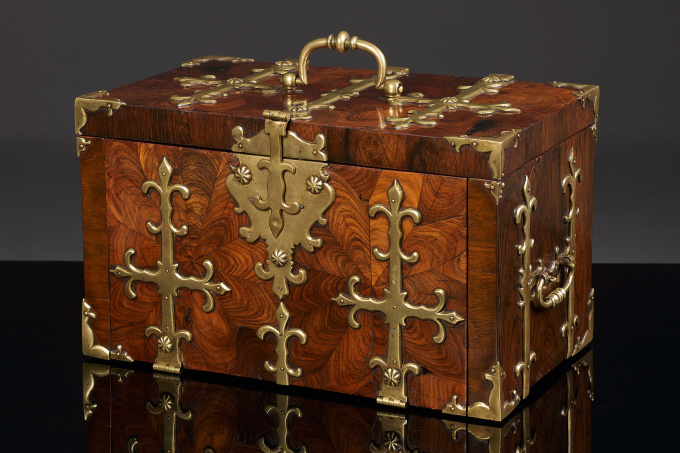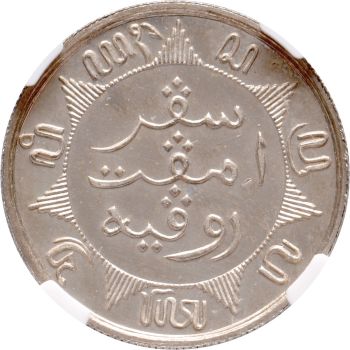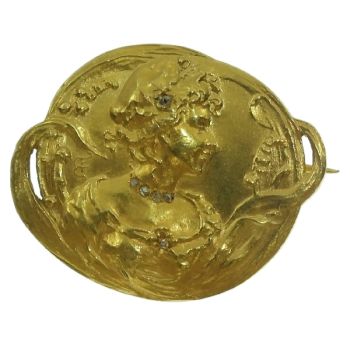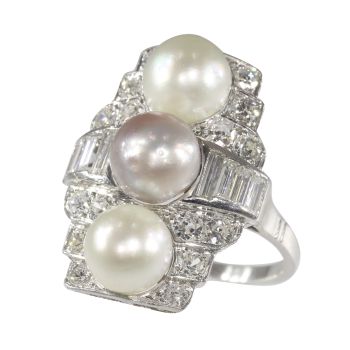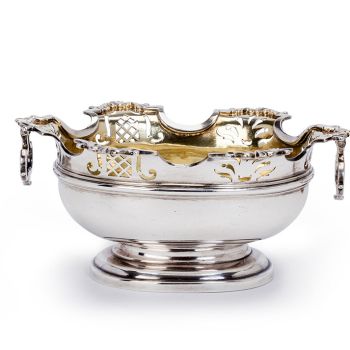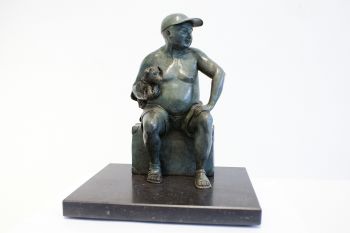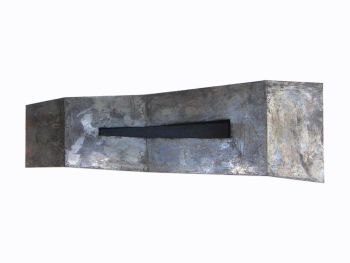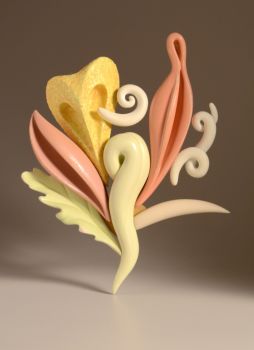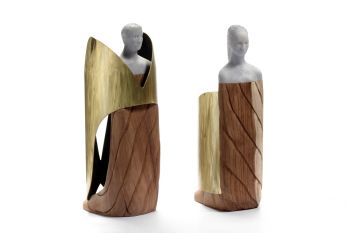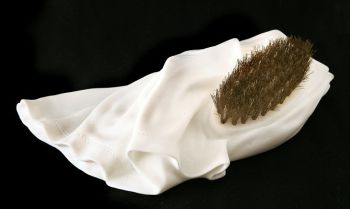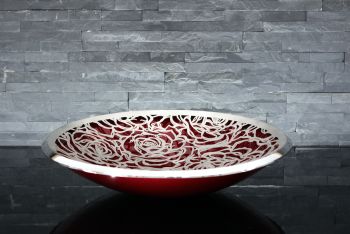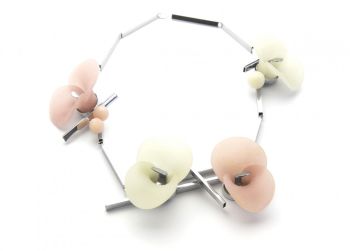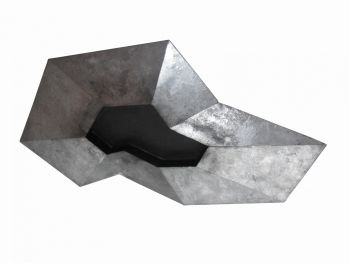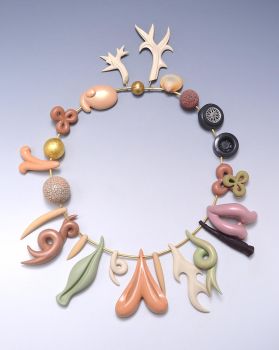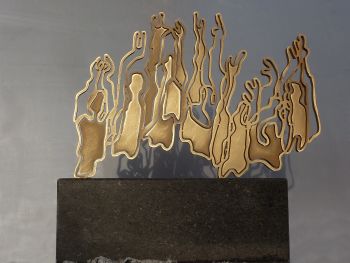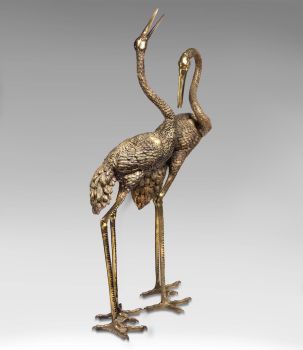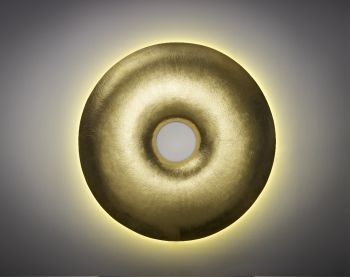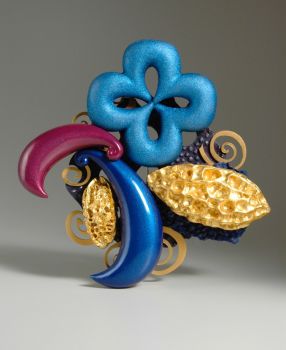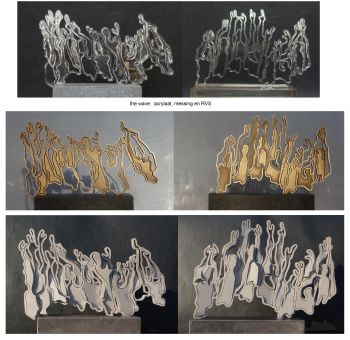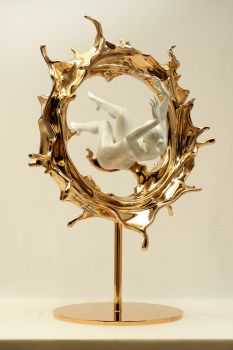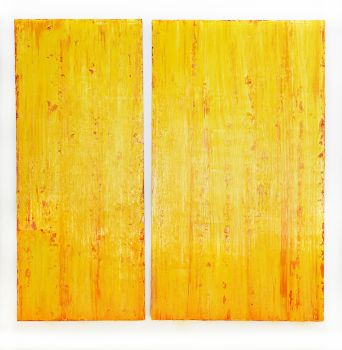Small Strongbox 1690 - 1700
Artiste Inconnu
BoisoliveMétalbois de roseLaiton
23 ⨯ 38 ⨯ 23 cm
ConditionExcellent
Actuellement indisponible via Gallerease
- Sur l'oeuvre d'artAn oak travelling chest veneered with olive-wood and rosewood. The case is ornamented with brass fittings shaped in leaf motifs. The fittings prevented the case from being damaged during travel. The handlebars on the sides facilitate transportation. The central escutcheon has a concealed latch that needs to be unbolted before the actual keyhole is revealed. When the lid is opened, it gives access to the largest storage compartment. In the lid there is a cover to store letters or documents. In the compartment there are to concealed hiding places.
With a latch the front cover can be opened. This gives access to two drawers. When the drawers are removed, two further secret compartments can be reached. The entire interior is made out of rosewood and rosewood veneer.
Commonly this type of traveling chest, or strongbox, is presumed to be French or Flemish. Nevertheless, they are much more common in England than anywhere else. Recent research presumes that the bulk of these trunks is made in London between approximately 1660 and 1720.
The earliest proof of the manufacturing of this type of chest is found in inventory listings from the legacy of Edward Traherne, a renowned joiner and cabinet-maker, who died in London in 1675. Traherne’s trading stock contained a number of strongboxes and travelling chests with diverse specifications. Remarkably, some of these objects had not yet been completed. - Sur l'artiste
Il peut arriver qu'un artiste ou un créateur soit inconnu.
Certaines œuvres ne doivent pas être déterminées par qui elles sont faites ou elles sont faites par (un groupe d') artisans. Les exemples sont des statues de l'Antiquité, des meubles, des miroirs ou des signatures qui ne sont pas claires ou lisibles, mais aussi certaines œuvres ne sont pas signées du tout.
Vous pouvez également trouver la description suivante :
•"Attribué à …." A leur avis probablement une oeuvre de l'artiste, au moins en partie
•« Atelier de …. ou « Atelier de » À leur avis, une œuvre exécutée dans l'atelier ou l'atelier de l'artiste, éventuellement sous sa direction
•« Cercle de… ». A leur avis une oeuvre de la période de l'artiste témoignant de son influence, étroitement associée à l'artiste mais pas forcément son élève
•« Style de … ». ou "Suiveur de ...." Selon eux, une œuvre exécutée dans le style de l'artiste mais pas nécessairement par un élève ; peut être contemporain ou presque contemporain
•« Manière de… ». A leur avis une oeuvre dans le style de l'artiste mais d'une date plus tardive
•"Après …." A leur avis une copie (quelle qu'en soit la date) d'une oeuvre de l'artiste
•« Signé… », « Daté… ». ou « Inscrit » À leur avis, l'œuvre a été signée/datée/inscrite par l'artiste. L'ajout d'un point d'interrogation indique un élément de doute
• "Avec signature ….", "Avec date ….", "Avec inscription …." ou "Porte signature/date/inscription" à leur avis la signature/date/inscription a été ajoutée par quelqu'un d'autre que l'artiste
Artwork details
Related artworks
Artiste Inconnu
Icône russe représentant une Deesis étendue1600 - 1650
Prix sur demandeKunsthandel H.W.C. Dullaert Icons
1 - 4 / 12Artiste Inconnu
A rare Japanese export lacquer medical instrument box1650 - 1700
Prix sur demandeZebregs & Röell - Fine Art - Antiques
Artiste Inconnu
Japanese transition-style lacquer coffer 1640 - 1650
Prix sur demandeZebregs & Röell - Fine Art - Antiques
Artiste Inconnu
UN RARE GRAND TÉLESCOPE EN CUIR LAQUÉ JAPONAIS1750 - 1800
Prix sur demandeZebregs & Röell - Fine Art - Antiques
Artiste Inconnu
The Stamford Raffles Secretaires.1800 - 1813
Prix sur demandeZebregs & Röell - Fine Art - Antiques
 Sélectionné par
Sélectionné parDanny Bree
1 - 4 / 24Artiste Inconnu
Japanese transition-style lacquer coffer 1640 - 1650
Prix sur demandeZebregs & Röell - Fine Art - Antiques
1 - 4 / 4- 1 - 4 / 24

